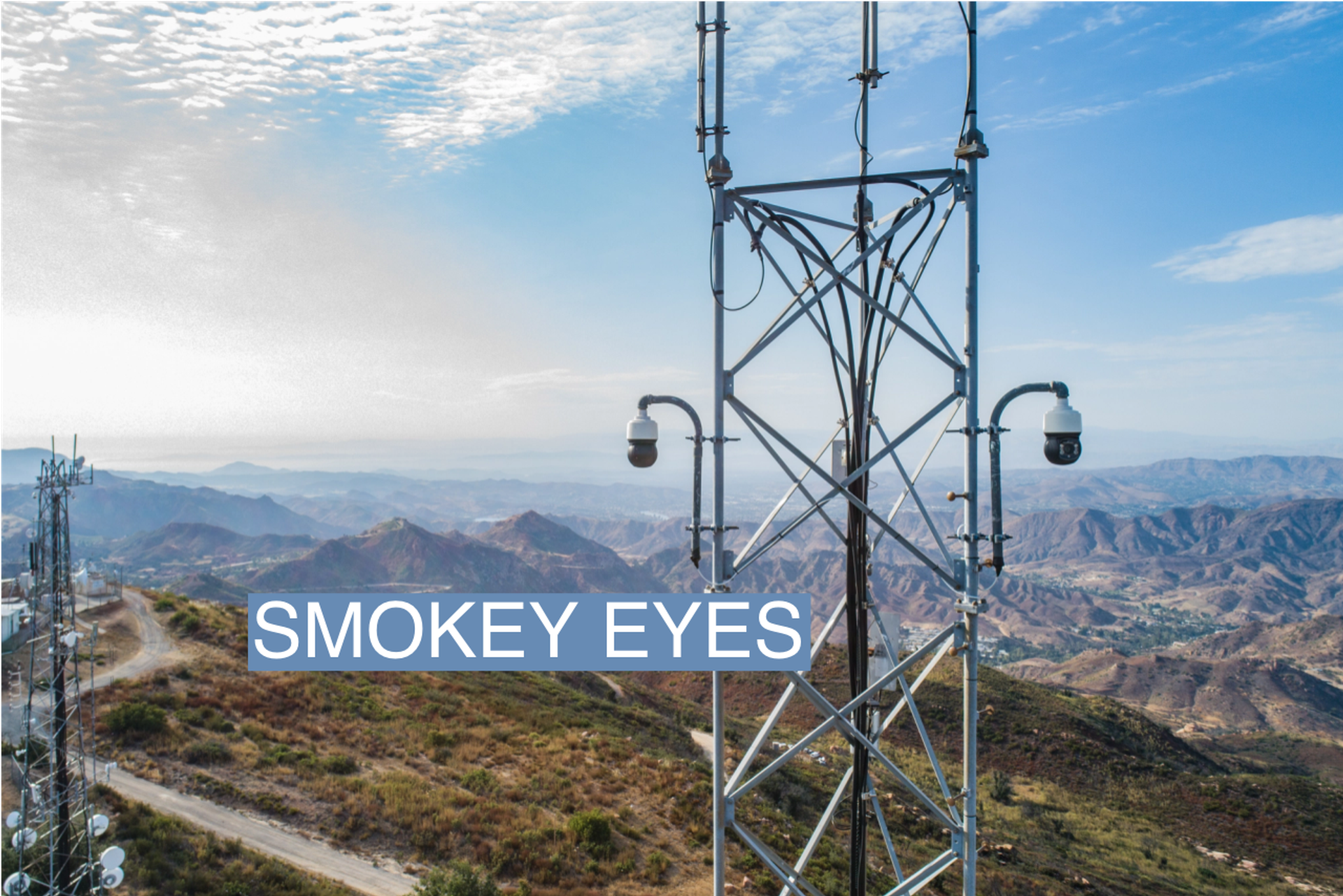The Scene
Where Angelo Campus grew up in northern California, evacuations and power outages caused by wildfires were routine. At college, he worked in a lab developing small solar-powered electric grids for places hit by natural disasters or high fire-risk areas to reduce the odds of an errant spark from a conventional transmission line. After graduation, he founded a startup called BoxPower to commercialize the technology, setting up his first system in Puerto Rico after Hurricane Maria in 2017.
As the frequency and severity of wildfires in his home state escalated, interest grew in his microgrids. But raising investment proved challenging: Backers gravitated to companies seeking to ward off climate change, not those readying the world for its impact.
“The number of ’no’s we got from climate investors was surprising and pretty disappointing,” Campus said.
BoxPower eventually found backers and has installed dozens of microgrids. But in a summer where climate disasters have dominated the headlines — most recently devastating wildfires in Hawaii, Greece, and Canada — adaptation startups continue to get a cold shoulder from many venture investors.
Tim’s view
This year’s onslaught of disasters should make the investment case for climate adaptation tech more obvious, and fuel innovation in the use of artificial intelligence and other cutting-edge technologies for confronting the unavoidable impacts of climate change.
On average, 97% of global climate-tech venture capital investment annually (about $50 billion in 2022) goes toward startups whose products or services reduce greenhouse gas emissions, predominantly in the electric mobility and renewable energy sectors, according to consulting firm PwC. Just 1% goes to ventures that focus on adaptation — technologies to mitigate or respond to natural disasters and other climate impacts (the remaining 2% is for carbon accounting and other climate-related data-management businesses).
“There is a clear innovation and funding gap, with adaptation solutions still perceived to lack an investable business case for many innovation investors,” Will Jackson-Moore, PwC’s global ESG leader, said in an email.
The gap dates back to the early days of climate tech, said Shaun Abrahamson, managing partner at Los Angeles VC firm Third Sphere. At that time, most investors saw climate change as a distant problem, with little urgency for adaptation. Of the few adaptation startups that did get funded, many failed, he said, because they struggled to find a sufficient base of customers among municipal governments, fire departments, and other public-sector agencies that were most often tasked with disaster response. That’s changing.

One example is Convective Capital, a San Francisco VC firm that launched in September last year with $35 million to invest exclusively in wildfire mitigation tech. Its portfolio includes startups deploying autonomous firefighting helicopters, using satellite imagery to guide preventative forest management, and offering homeowners insurance in vulnerable areas based on AI-driven risk modeling.
“The new normal of wildfires has crept up pretty quickly for the timescales VCs work on,” Anukool Lakhina, a partner, said. But as more disasters strike, he anticipates a rapid increase in the number of startups inventing climate adaptation solutions for organizations desperate to implement them. Investors will emerge, he said, as they see the profit opportunity in linking the two.
Quotable
“There’s a bias against resilience because most folks in climate circles want to ‘solve’ climate change rather than manage it. Focusing on resilience for some is an admission of defeat. But let’s get real. We are losing the war on climate change. So if you’re an investor or an entrepreneur, you should look at that as an opportunity; resilience is a market that is only going to keep growing for the foreseeable future.” — Jim Kapsis, founder of the Ad Hoc Group, a climate tech consulting firm.
Know More
One startup Convection invested in is Pano AI, which sets up cameras on mountaintops and cell towers near forested areas and uses an AI algorithm to analyze images for signs of wildfire smoke. The technology allows emergency services to be notified of new fires within minutes, with a precise geolocation, and scramble a response accordingly.
“It’s similar to a military attack, and it requires military-style surveillance equipment,” founder Sonia Kastner said.
Pano’s cameras are installed in six states in the U.S. and two in Australia. Its customers include municipal governments and firefighting agencies, electric utilities, and private companies like ski resorts with an interest in early wildfire detection.
The View From Nairobi
The balance between mitigation and adaptation investment is somewhat better in Africa’s emerging climate-tech startup scene, which serves a market of customers who are already accustomed to confronting the impacts of climate change. Out of $2.1 billion in funding raised by climate-focused startups on the continent between 2015 and 2022, 14% focused on adaptation measures for farmers, the second best-funded category after renewable energy, according to intelligence firm Briter Bridges.
Room for Disagreement
One obstacle for wildfire tech startups is that many utilities are disincentivized from investing in climate adaptation because they are often able to recoup the cost of damage repair from their ratepayers. And for investors, even though the market for climate adaptation tech is growing, it’s not yet clear whether these startups have the ability to generate the fast-scaling, high-margin returns VCs are used to getting from successful software startups.
“It’s easier to raise funding for a startup that disrupts an existing market than one that’s creating a new market,” Kastner said. “Adaptation technology is new, so there’s more market risk, and we have to blaze a trail in demonstrating the venture-scale returns.”
Notable
- Islands are especially in need of disaster mitigation and adaptation technologies, because they are especially slow to receive aid. As The Atlantic reports, the aftermath of wildfires in Maui bear many similarities to Puerto Rico after Hurricane Maria: “Geography constrains disaster recovery.”
